Considering the difference in size and momentum between merchant vessels and fishing boats, such incidents can result in not only severe damage to the fishing boats but also loss of life. According to China MSA, during the period 2019 to 2021, collisions between merchant and fishing vessels have resulted in 248 fishermen losing their lives.
In some cases, the bridge watchkeepers on merchant vessels may not even realize that they have collided with fishing boats, as in the below case study.
Typical causes of collisions with fishing vessels in these waters
Vessel maneuverability in high traffic density area: Often the vessel is proceeding at high speed, and the engines are not ready for maneuvering. As a result the OOW hesitates to reduce the speed to avoid a collision. High speed can result in reduced time for decision making and greater damage to the vessels.
Bridge watchkeeping: The watchkeepers on the merchant vessel may be occupied with other non-essential tasks or there may not be enough assistance on the bridge for the OOW, i.e. the manning may be inadequate. Often the lookout doubles up as helmsman and may also be doing safety rounds in the accommodation thus compromising safe navigation. The crew on fishing vessels may not have the appropriate certificates and may be engaged in fishing activities instead of in navigation.
High reliance on AIS: Fishing vessels in China are often equipped with AIS, however it may be inoperative or transmitting incorrect information. With AIS overlay on RADARs or ECDIS, the OOW on the merchant vessel places a lot more emphasis on AIS information instead of using the ARPA function. AIS can complement but not replace target tracking on ARPA / RADAR for collision avoidance.
Communication with fishing vessels: The watchkeepers on merchant vessels may try to attract the attention of the fishing vessels through VHF radio, ALDIS lamp or the ship’s whistle/horn. At times, they may not be successful for various reasons, such as language difficulties, the fishing crew might not hear the foghorn etc.
Last minute actions: Merchant vessels sometimes leave it to the last minute before taking avoiding action. This can result in a collision, for example if the helm order given is not enough to achieve a large rate of turn.
Marking of nets: Besides colliding with fishing vessels, merchant vessels may also face claims by fishermen due to damage to fishing nets. Fishing nets are difficult to detect as they may be poorly marked. Nighttime detection of the nets may be easier if they display lights. Day time visual sighting, on the other hand, can be a real challenge. Nets with radar reflectors can be useful, but this is not a common practice and mariners have to rely on timely visual sightings of the markers. We understand the use of AIS markers is increasing. This may also clutter the RADAR and the AIS display.
Recommendations
Bridge team composition: We also recommend increasing bridge watchkeeping level in advance to ensure that the OOW has sufficient assistance at night as well as during day. Other onboard activities for relevant crew members should be planned accordingly to ensure that members of the bridge team are well rested for navigation-related duties.
Safe speed: In areas of high fishing density, proceed at a safe speed with engines ready for maneuvering. The Officer of the Watch (OOW) should be empowered to adjust the speed as necessary.
Use of RADAR/ARPA: Make full use of radar and sound fog signal when navigating in fog, even when no fishing boats are sighted on the radar. The use of radar can be vital when navigating in these waters. General practice of long ranges scanning using the S-band radar to identify clusters of fishing fleet and using the X-band on small range for collision avoidance can be effective.
Keeping clear of clusters: Where the OOW can detect a cluster of fishing boats, it is advisable to alter course well in advance to avoid navigating through it.
Attracting attention of the boats: If the vessel needs to gain the attention of the fishing boats for any reason it should use whistle and day lamp. Establishing contact via VHF might prove difficult.
Actions in case of a collision: Should a collision occur or is suspected to have occurred, remember to do the following:
·render all possible assistance to the fishing vessel
·contact nearest VTS/MSA
·maintain a record of all evidence including VDR data
Source:
Gard
The opinions expressed herein are the author's and not necessarily those of The Xinde Marine News.
Please Contact Us at:
media@xindemarine.com


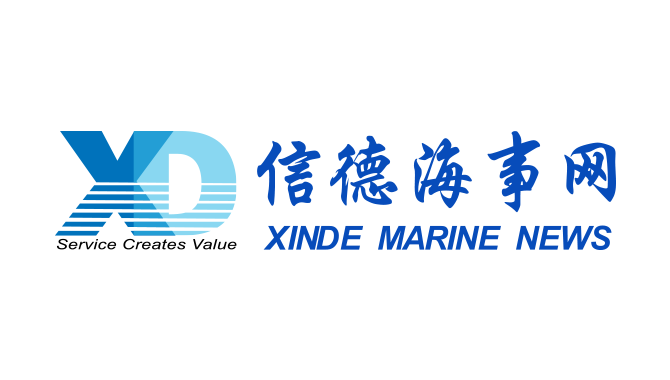 Reporting Requirements for Foreign-flagged Ships En
Reporting Requirements for Foreign-flagged Ships En 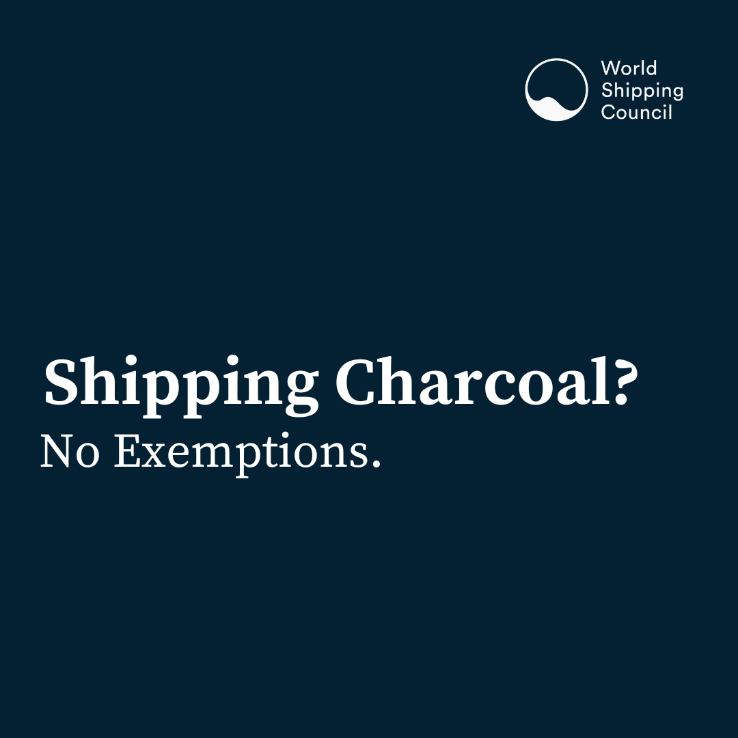 Shipping Carriers Move to Prevent Deadly Charcoal F
Shipping Carriers Move to Prevent Deadly Charcoal F 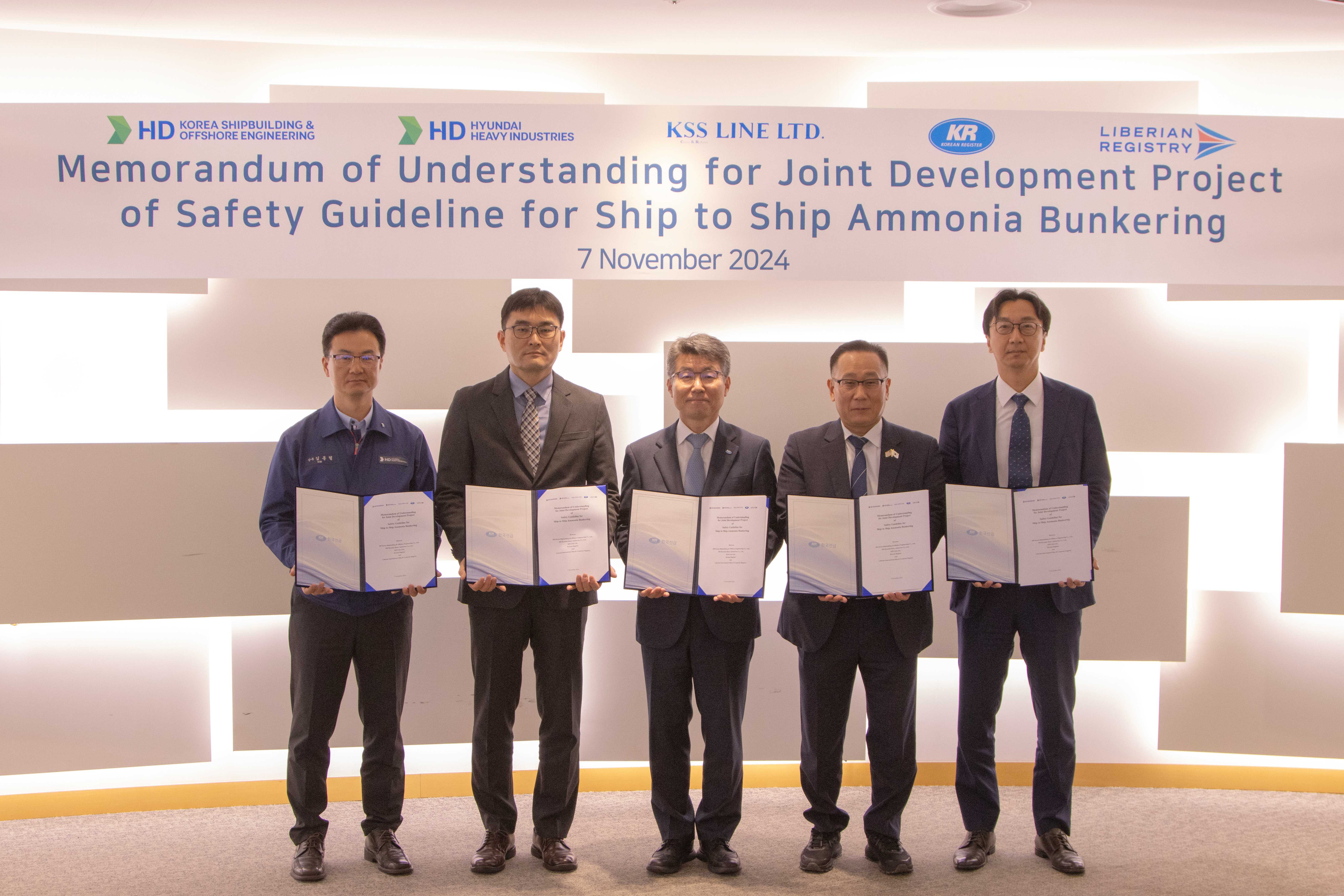 KR, HD KSOE, HD HHI, KSS Line, and Liberian Registr
KR, HD KSOE, HD HHI, KSS Line, and Liberian Registr 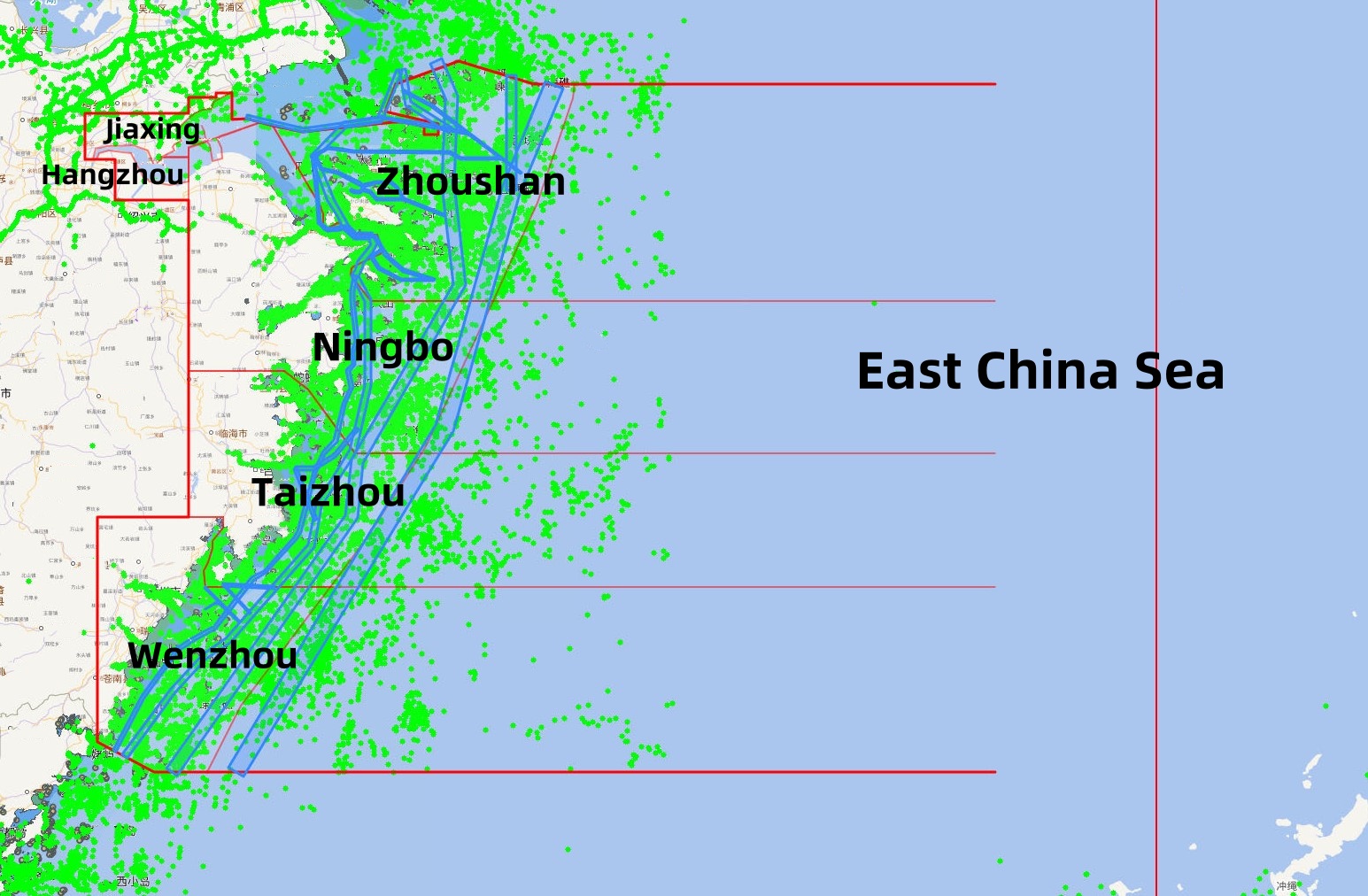 Zhejiang Maritime Safety Administration Issues the “
Zhejiang Maritime Safety Administration Issues the “ 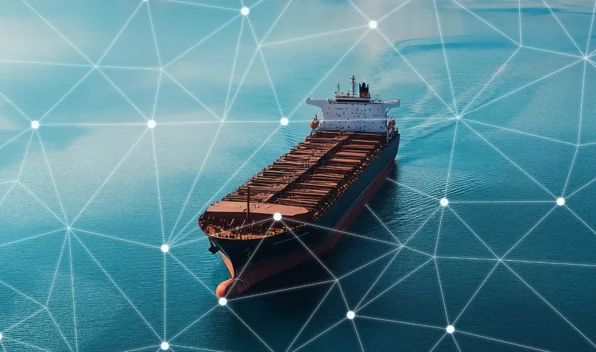 RightShip Updates Age Trigger for Vessel Inspection
RightShip Updates Age Trigger for Vessel Inspection 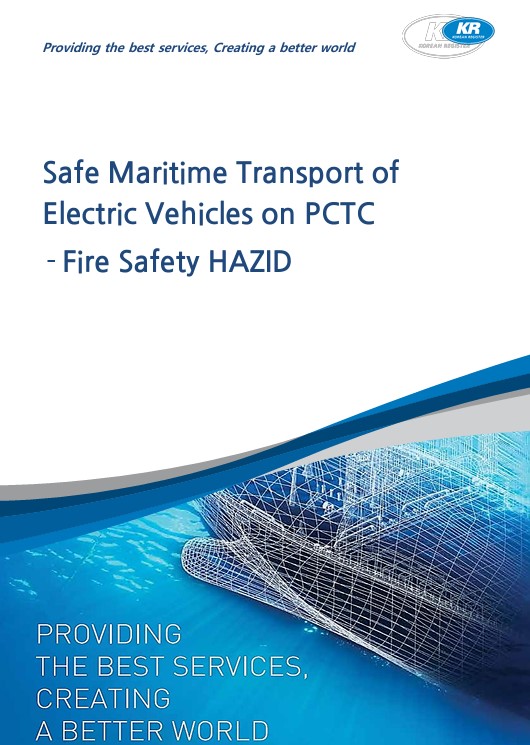 KR Publishes Report on Safe Maritime Transport of E
KR Publishes Report on Safe Maritime Transport of E